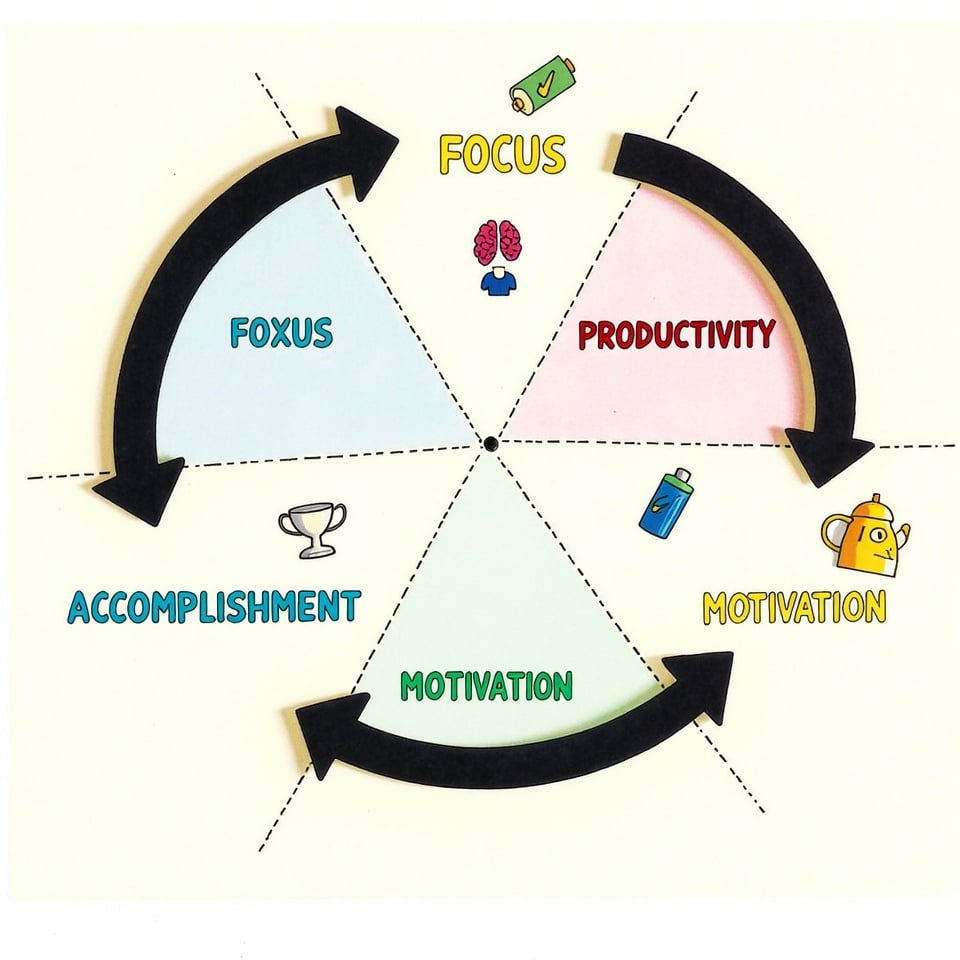Stanford University, one of the world’s most prestigious institutions, is known for its rigorous admissions process.
A crucial component of this process is the supplemental essay, which allows applicants to showcase their unique qualities and experiences beyond their academic achievements.
This essay provides a platform for students to demonstrate their intellectual vitality, personal growth, and potential contributions to the Stanford community.
Understanding the nuances of Stanford’s supplemental essay prompts and crafting compelling responses can significantly enhance an applicant’s chances of admission.
This article delves into the key aspects of Stanford’s supplemental essays, offering insights and strategies to help prospective students present their best selves to the admissions committee.
Stanford’s 2025 Prompts
Students have to write 100 to 250 words for each essay.
- The Stanford community is deeply curious and driven to learn in and out of the classroom. Reflect on an idea or experience that makes you genuinely excited about learning.
- Virtually all of Stanford’s undergraduates live on campus. Write a note to your future roommate that reveals something about you or that will help your roommate—and us—get to know you better.
- Please describe what aspects of your life experiences, interests and character would help you make a distinctive contribution as an undergraduate to Stanford University.
When approaching Stanford’s supplemental essays, it’s crucial to develop strategies that will help your responses stand out.
Here are some key considerations for each prompt:
Prompt#1. The Stanford community is deeply curious and driven to learn in and out of the classroom. Reflect on an idea or experience that makes you genuinely excited about learning.
Stanford’s first prompt seeks to uncover the applicant’s genuine enthusiasm for learning. The admissions committee is looking for students who are intellectually curious and passionate about expanding their knowledge. When responding to this prompt, applicants should focus on a specific idea or experience that truly excites them intellectually. This could be a scientific concept, a philosophical question, a literary work, or a real-world problem they’re eager to solve. The key is to convey authentic excitement and demonstrate how this passion drives their desire to learn more. Successful essays will not only describe the idea or experience but also explain why it’s so captivating and how it has influenced the applicant’s academic or personal growth.
Prompt#2. Virtually all of Stanford’s undergraduates live on campus. Write a note to your future roommate that reveals something about you or that will help your roommate—and us—get to know you better.
The roommate letter prompt is a Stanford tradition that allows applicants to showcase their personality in a more relaxed, conversational tone. This prompt is designed to reveal aspects of the applicant’s character, interests, and daily habits that might not be apparent in other parts of the application. When writing this letter, applicants should aim for authenticity and specificity. They might share quirky habits, favorite hobbies, cultural background, or personal values. The goal is to give the admissions committee (and the hypothetical roommate) a vivid sense of who the applicant is as a person. Successful essays often balance humor with sincerity and provide insights into how the applicant might contribute to campus life.
Prompt#3. Please describe what aspects of your life experiences, interests and character would help you make a distinctive contribution as an undergraduate to Stanford University.
The final prompt asks applicants to articulate how they would contribute to Stanford’s diverse community. This question is an opportunity for students to highlight their unique experiences, perspectives, and talents. Stanford is looking for students who will actively engage with and enrich the campus community. When responding to this prompt, applicants should reflect on their personal background, extracurricular activities, leadership experiences, or unique skills that set them apart. It’s important to not just list accomplishments, but to explain how these aspects of their identity or experience would specifically benefit the Stanford community. Successful essays will draw clear connections between the applicant’s distinctive qualities and Stanford’s values and programs.
Conclusion
Stanford University’s supplemental essays offer a unique opportunity for applicants to showcase their individuality, intellectual curiosity, and potential contributions to the campus community. These carefully crafted prompts go beyond academic achievements, allowing students to present a more holistic view of their personalities, passions, and aspirations.
As you approach these essays, remember that authenticity is key. Stanford is looking for genuine, thoughtful responses that reflect your true self. Take the time to reflect deeply on your experiences, interests, and goals. Consider how you can use each prompt to highlight different aspects of your character and background.
While the word limit may seem challenging, view it as an opportunity to hone your ability to communicate concisely and effectively. Each word should serve a purpose in painting a vivid picture of who you are and what you’ll bring to Stanford.
Ultimately, these essays are your chance to stand out in a competitive applicant pool. By approaching them with sincerity, creativity, and careful thought, you can create compelling responses that resonate with the admissions committee and effectively convey why you would be a valuable addition to the Stanford community.
Remember, there’s no perfect formula for these essays. The most impactful responses will be those that genuinely reflect your unique voice and perspective. Good luck with your application!







